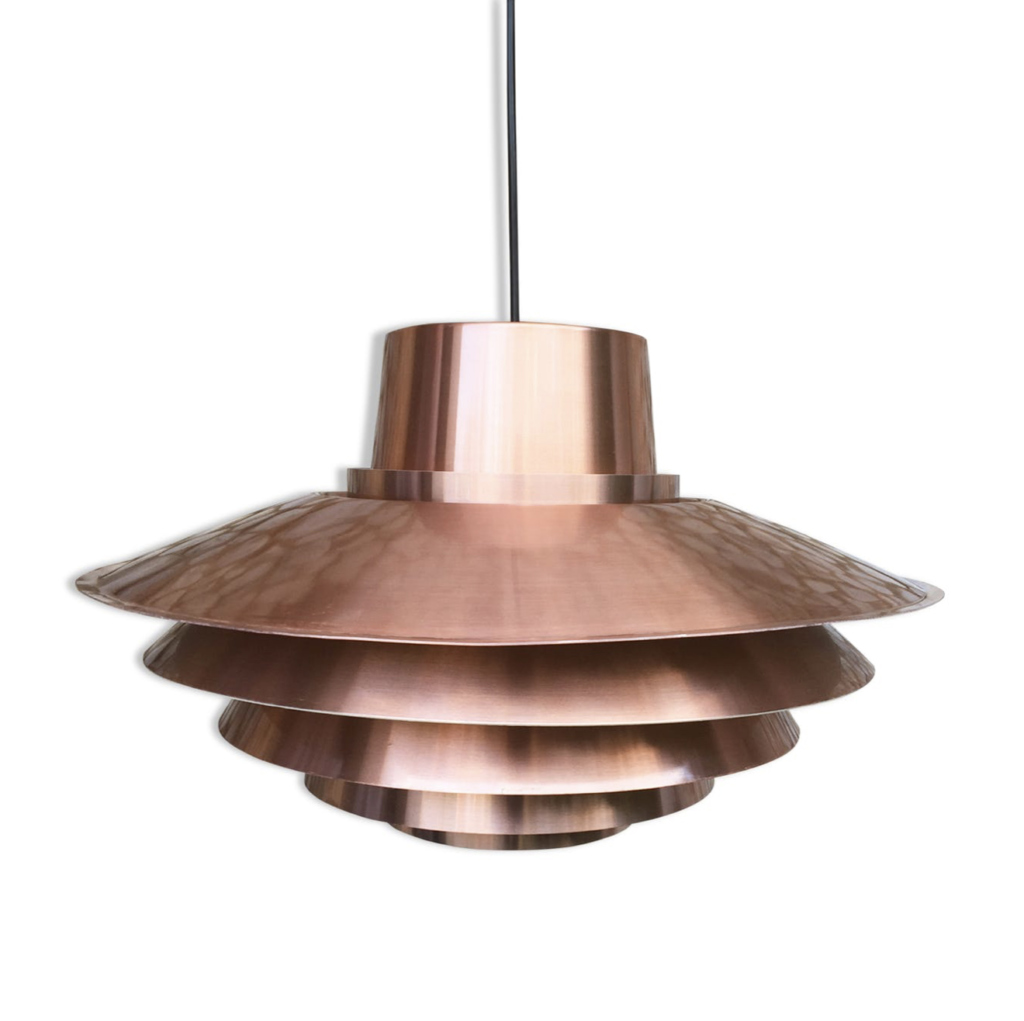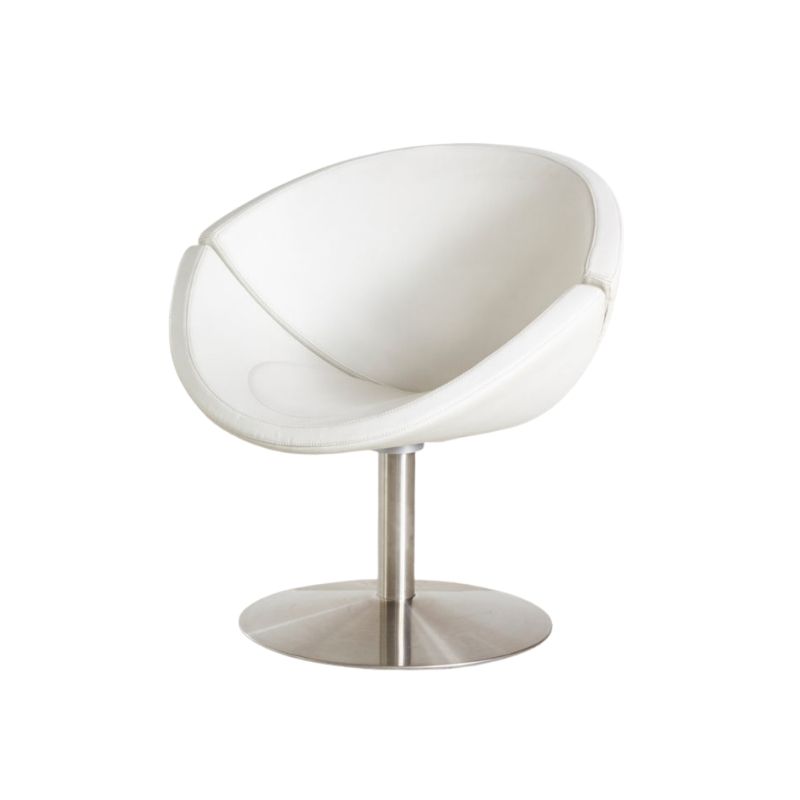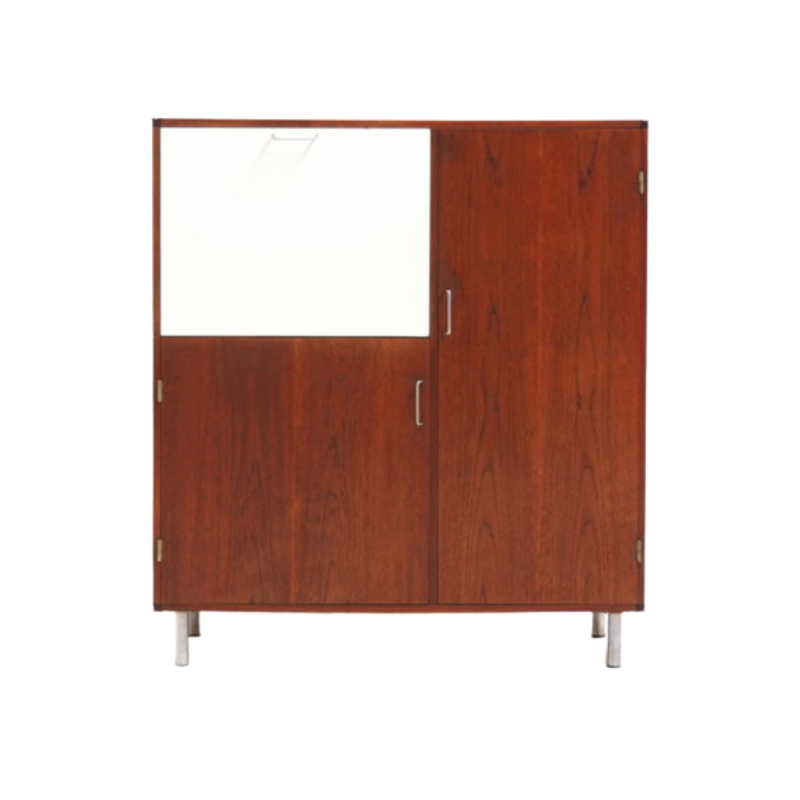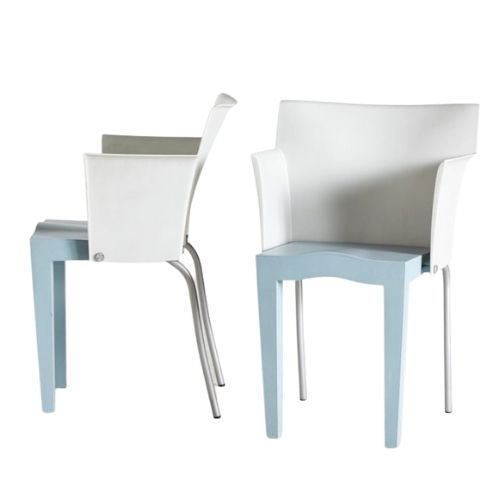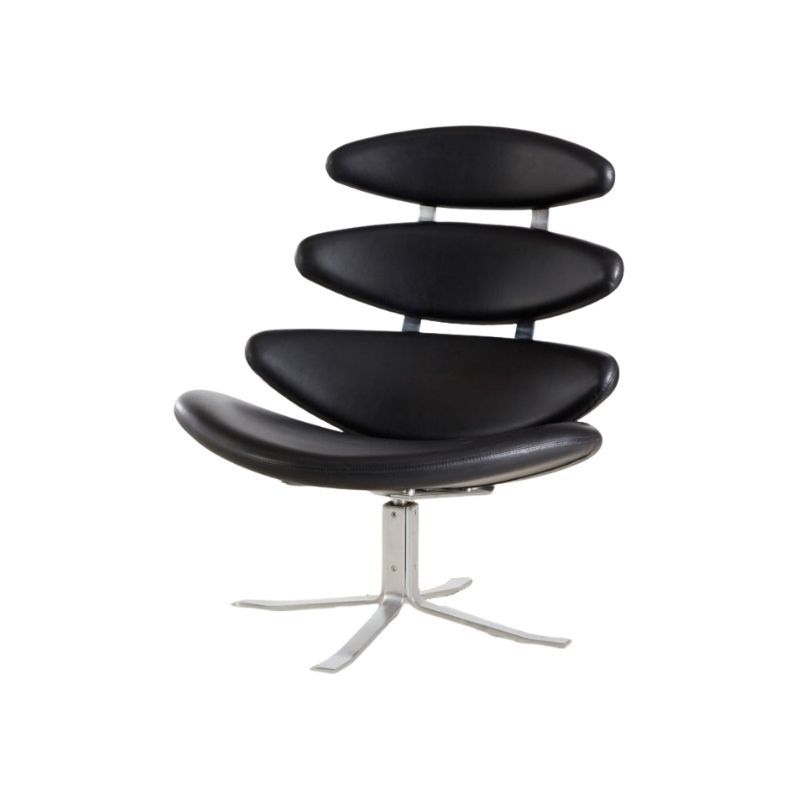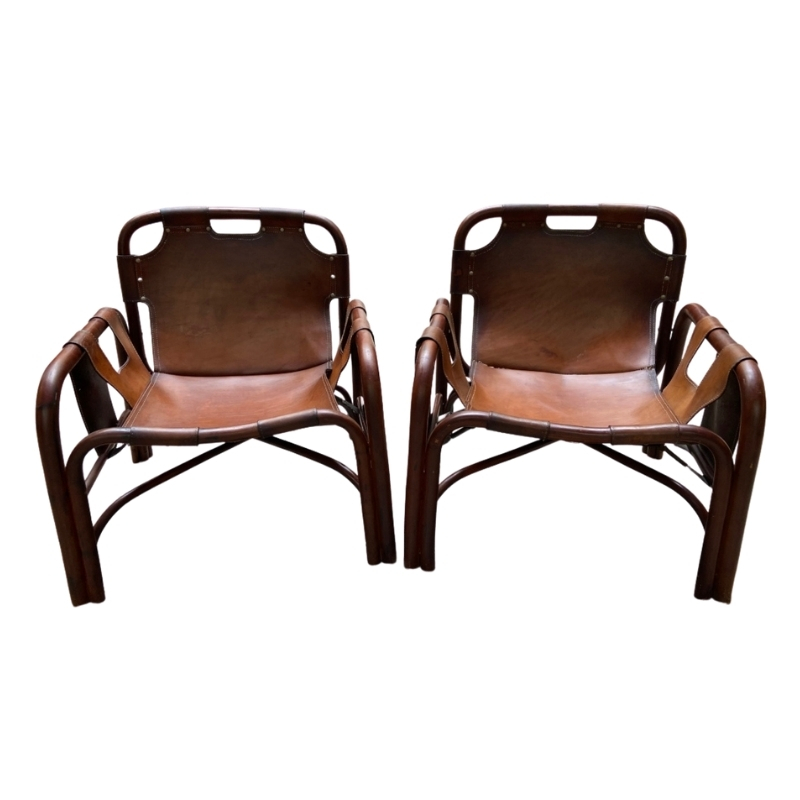One positive aspect of these conifer-based substances -- MDF is another -- is that they take on a honey or golden tone when exposed to light over time. Those who support their use as visible parts of the interior environment probably liken them to plywood, whose edges (at least) were once thought to be unworthy of exposure.
A prominent art gallery here was fitted with nicely-detailed clear-finished MDF wall cladding, a number of years ago. It looked great.
OSB is a viable substitute for plywood, in a structural sense. The same has never been claimed for particle board -- which has long been replaced by MDF in any self-respecting cabinet shop, as a substrate for plastic laminate or veneer. Kitchen-and-bath cabinetmakers discovered long ago that PB acts like a sponge when exposed to water. MDF is not completely immune to this flaw -- though I believe there may be an exterior grade available.
All of this being said, I perfectly understand the reluctance of any self-respecting maker to eschew (gesundheit) the use of these suspect members of the construction-material catalog. I address their use here based only upon appearance. As a big fan of attractive brick-masonry, I looked for an easily-wrought substitute for use in prototypes and even for finished (or, unfinished) goods. I was pleased to find that the visual and tactile texture of particle board lent itself uniquely to this use -- for interior projects only, needless to say !
Does anyone know the correct size screws to affix the side table to the pedestal base? It uses four. I'm referring to the 21" H side table.
Long story short - I acquired both a pedestal and table top but they were not assembled and no screws included. Trying to get the info from a Herman Miller customer service rep was near impossible.
If you need any help, please contact us at – info@designaddict.com




